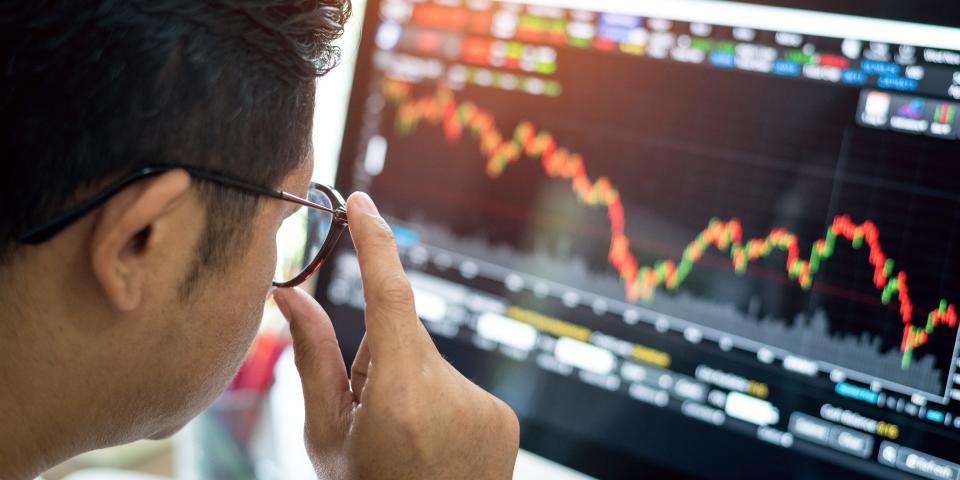
-
Goldman Sachs’ baseline view is that the S&P 500 will rise 7% over the next 12 months.
-
But the bank’s economists also see a 25% chance of a recession over that period.
-
In a recession, the S&P 500 would fall 23% to 3,400, Goldman Sachs said.
While there’s likely more upside in the S&P 500, investors should consider some downside protection against recession risk, Goldman Sachs said.
The bank’s baseline view is that the S&P 500 will rise 7% over the next 12 months to 4,700, but Goldman economists also estimate a one-in-four chance of a recession occurring during that time. .
If a recession did occur, it would take the index back to 3400, and that’s something investors should be prepared for, according to Goldman.
“We prefer to maintain bullish equity exposure while using the options market to hedge the potential 23% decline in a recessionary scenario,” the note said.
The warning comes as the S&P 500 is currently in the midst of a bull market, led by a rally around mega-cap tech stocks.
In recent months, their valuations have been inflated by Wall Street’s enthusiasm for artificial intelligence, as these companies seek to implement the new technology into their services.
The note encouraged investors to hedge, listing several reasons. On the one hand, the mega-cap rally has reduced the breadth of the market, adding downward pressure. Breadth declines are historically followed by large slips in the S&P 500, according to Goldman.
Meanwhile, further upside could be limited by a host of higher-positioned options, the analysts wrote. While investors were well protected between March and May, Goldman found that many started paying more for single stock calls in late May.
At the same time, equity markets have already priced in an optimistic growth outlook, as rising confidence has meant investors have increased their exposure to equities throughout 2023.
The noted added that stock valuations are high – both in absolute and relative terms – and are trading at 19 times their price-to-earnings ratio. Historically, when the S&P 500 trades this high, it’s usually followed by a 14% decline over the next year, the analysts wrote.
Read the original article on Business Insider

